In 1979, his Finger Lakes-based Wiemer label produced a single barrel; today, it’s a 17,OOO-case winery.
And they said it couldn’t be done. Twenty-five years ago, Herman J. Wiemer, a soft spoken German emigre, planted vinifera grapes in the unforgiving soil of western New York State. Those grapes are now the source of a world-class Riesling. To understand Wiemer’s accomplish ment, it’s important to know that New York grapes were once exclusively hybrids. “Noble grapes like vinifera were discouraged by the ex pelts at Cornell University,” Wiemer explains. “They said it was too cold.” There was only one problem with hybrids: “They made awful wine,” he recalls with a laugh. “And if I can’t enjoy it, then what’s the point?”
In 1979, his Finger Lakes-based Wiemer label produced a single barrel; today, it’s a 17,OOO-case winery. “But it’s never been easy,” Wiemer laments. “these grapes are difficult to grow; we’ve had many setbacks.” Still, he out lasted the harsh northern winters, and his bone dry Riesling. “I was the first grower to make dry a positive for Riesling. “Back then, everyone thought of Riesling as Blue Nun.” Wiemer’s converts include such diverse customers as Amelican Airlines (for its first-class cabins) and Eberhard Muller of Manhattan’s Lutece. Not bad clientele for a New York State grower.
FOOD & WINE salutes the visionaries in America who are not only changing the way we think about wine but also determining what we’ll be drinking in the 21st century.

